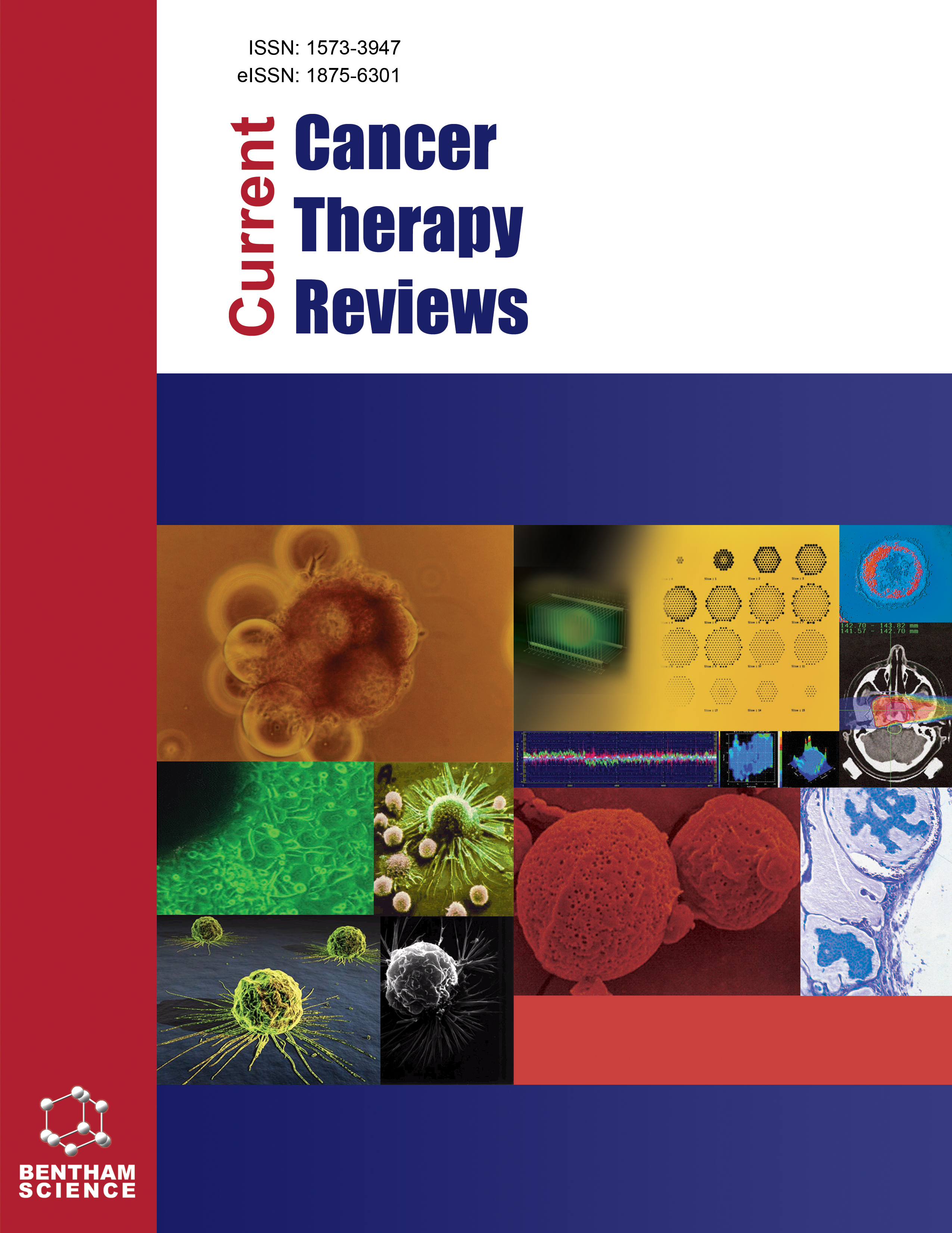
Full text loading...
Self-assembling structures that look similar to viruses in broad terms but do not contain viral genetic material are known as virus-like particles. These particles, made up of viral structural proteins, can have size, shape, and surface characteristics similar to natural viruses. The breakthrough potential of virus-like particles, or VLPs, as a novel cancer therapy strategy is explored in this article. Starting with describing the problems facing cancer therapy today, the emphasis moves to an in-depth study of VLPs, including their different sizes, shapes, and structural characteristics. With insights into drug encapsulation techniques and their implications for anticancer therapy, integrating VLPs into drug delivery systems is important. The article highlights the multiple roles vector lambda polymorphs (VLPs) play in improving diagnostic methods by exploring their dual functioning in medication delivery and imaging. To address concerns about safety and biocompatibility, the paper critically analyses the toxicity study of VLPs. It provides a comprehensive review, touching on ongoing clinical trials and significant patents that impact the environment.

Article metrics loading...

Full text loading...
References


Data & Media loading...

